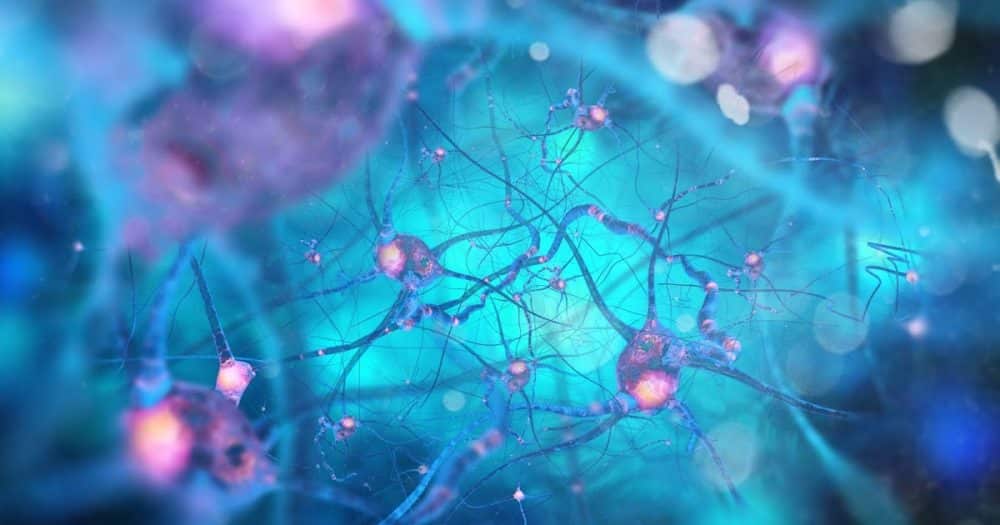Transplating Inhibitory Interneurons Restores Damages In Alzheimer’s Brains
Inhibitory interneurons regulate the oscillatory rhythms and network synchrony that are required for cognitive functions and disrupted in Alzheimer’s disease (AD). Therefore, scientists at the Gladstone Institute found a way to reengineer inhibitory interneurons to improve their function. They showed that these enhanced interneurons, when transplanted into the abnormal brain of Alzheimer mice, can properly control the activity of excitatory cells and restore brain rhythms.
“We took advantage of the fact that transplanted interneurons can integrate remarkably well into new brain tissues, and that each interneuron can control thousands of excitatory neurons,” said Dr. Jorge Palop, who is an assistant professor of neurology at the University of California, San Francisco. “These properties make interneurons a promising therapeutic target for cognitive disorders associated with brain rhythm abnormalities and epileptic activity.”
Interneurons control complex networks between neurons, allowing them to send signals to one another in a harmonized way. You can think of inhibitory interneurons as orchestra conductors. They create rhythms in the brain to instruct the players—excitatory neurons—when to play and when to stop. An imbalance between these two types of neurons creates disharmony and is seen in multiple neurological and psychiatric disorders
, including Alzheimer’s disease, epilepsy, schizophrenia, and autism.The team, in the course of their study, transplanted regular interneurons- and observed that there were no beneficial effects, presumably because Alzheimer’s disease creates a toxic environment in the brain. They therefore then genetically boosted the activity of inhibitory interneurons by adding a protein called Nav1.1. They discovered that the interneurons with enhanced function were able to overcome the toxic disease environment and restore brain function.
“These optimized neurons are like master conductors,” said Palop. “Even with a declining orchestra, they can restore the rhythms and harmony needed for cognitive functions.”
The findings could eventually lead to the development of new treatment options for patients with Alzheimer’s disease.
“Besides the applications this cell engineering and transplantation approach may find in regenerative medicine, our findings support the broader concept that enhancing the function of interneurons can counteract key aspects of Alzheimer’s disease,” said Lennart Mucke, MD, director of the Gladstone Institute of Neurological Disease.






























